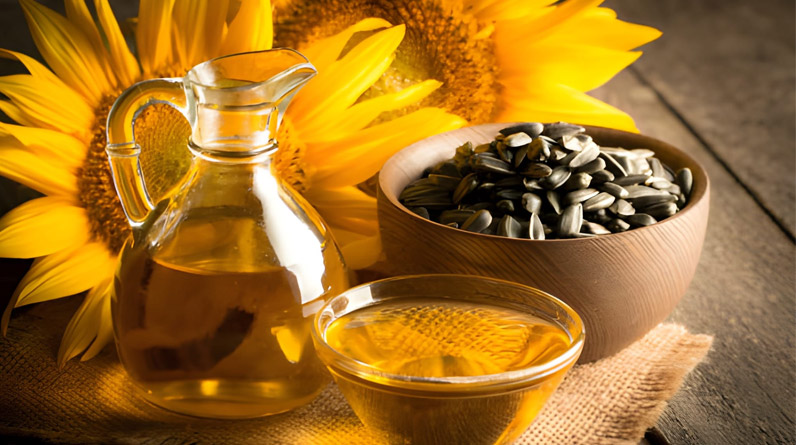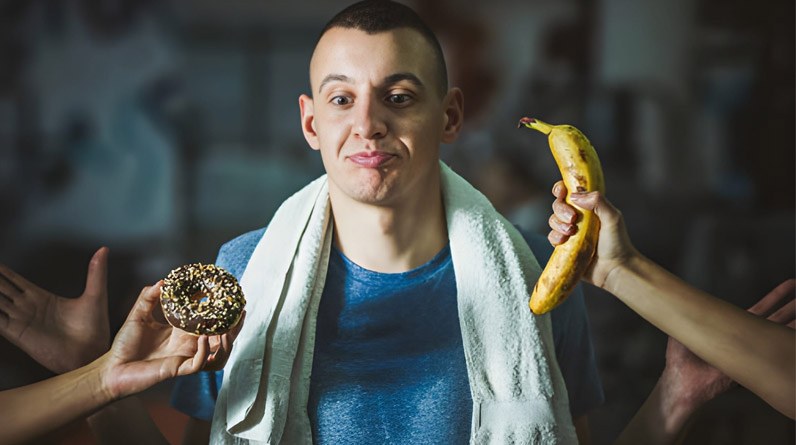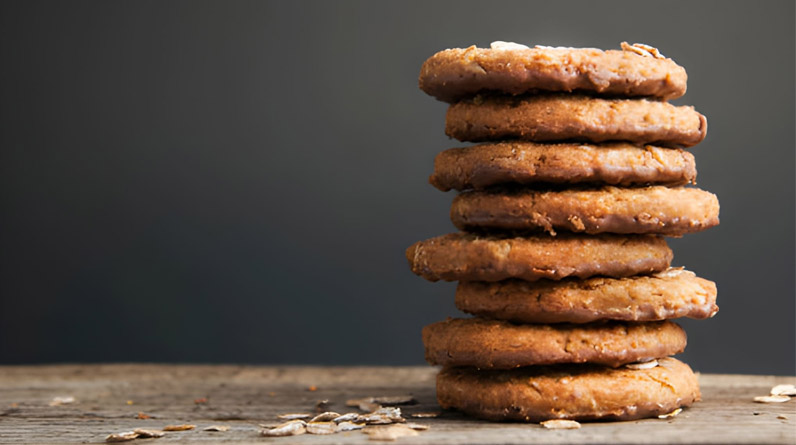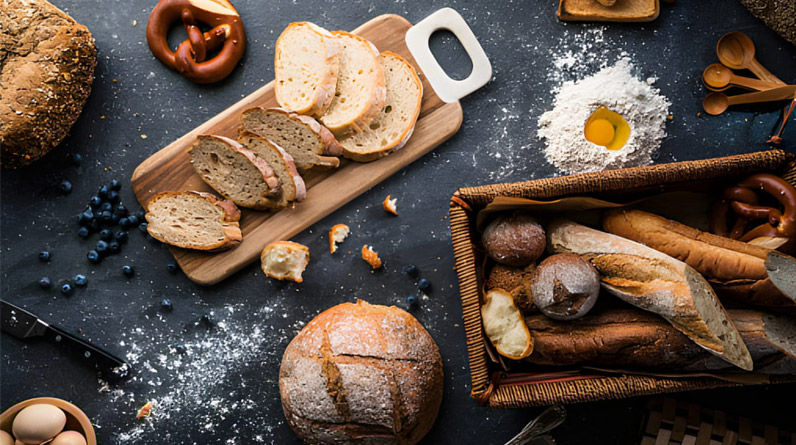In Indian kitchens, oil isn’t merely an ingredient—it’s a cornerstone of culinary tradition, health, and flavor. While most conversations around cooking oils focus on stir-fries and deep frying, the role of oils in baking remains surprisingly overlooked. Yet the choice of oil or fat you use in baking can dramatically transform not only the texture and taste of your baked goods but also their nutritional value.
Traditional Indian sweets like gulab jamuns, laddoos, and barfis have delighted generations, largely because of the careful selection of fats used. Today, as health-conscious baking gains momentum, understanding which oils and fats work best for Indian-style baking has become essential. This guide explores the science, tradition, and practical wisdom behind selecting the right baking medium for your Indian kitchen.
Why Oil Selection Matters in Baking: More Than Just Taste
The fat in baked goods serves multiple critical functions. It affects moisture retention, texture, rise, browning, and shelf life. Beyond these technical aspects, the oil you choose influences the nutritional profile of your final product. Since baked goods are often consumed regularly by families, the cumulative health impact of oil choice cannot be understated.
Consider this: if you bake a batch of cookies weekly using refined oil versus cold-pressed oil, over the course of a year, you’re consuming vastly different amounts of antioxidants, vitamins, and healthy fats. The difference compounds when extended to other baked items your family enjoys—bread, cakes, pastries, and traditional Indian sweets.
Oil Rotation for Nutritional Balance in Baking
Most discussions about healthy baking oils recommend choosing “the best” oil and sticking with it. However, a fresh and scientifically sound approach is oil rotation—varying the oils used across different baking applications to maximize nutrient diversity.
Each oil brings unique nutritional benefits:
- Coconut oil provides medium-chain triglycerides (MCTs) that boost metabolism
- Groundnut oil delivers monounsaturated fats and vitamin E
- Sunflower oil offers high levels of linoleic acid and antioxidants
- Sesame oil provides minerals like calcium and magnesium
By rotating these oils across your baking endeavors, you ensure your family receives a spectrum of health benefits rather than relying on a single source of fat.
Understanding Smoke Points: The Baking Temperature Factor
One often-misunderstood concept is smoke point—the temperature at which oil begins to break down and release harmful compounds. In baking, where oven temperatures typically range from 160°C to 200°C, smoke point considerations differ from stovetop cooking.
| Oil Type | Smoke Point (°C) | Baking Suitability | Best For |
|---|---|---|---|
| Virgin Coconut Oil | 177 | Moderate temperatures | Cookies, cakes at lower heats |
| Canola Oil | 200-242 | Excellent for baking | Cakes, muffins, breads |
| Groundnut Oil | 204 | Excellent for baking | Traditional sweets, pastries |
| Sunflower Oil | 210-230 | Excellent for baking | Brownies, bread, sponge cakes |
| Sesame Oil | 210 | Good for baking | Specialty breads, traditional cakes |
| Ghee | 250 | Excellent for baking | Laddoos, halwa, traditional sweets |
| Rice Bran Oil | 230 | Excellent for baking | All-purpose baking applications |
The Top Oils and Fats for Healthy Baking in Indian Kitchens
1. Coconut Oil: The Traditional Indian Choice
Virgin coconut oil holds a special place in Indian kitchens, particularly for traditional sweets. What makes it exceptional for baking is its unique solid state at room temperature, which creates naturally light and fluffy textures in cakes and cookies without requiring artificial leavening.
Coconut oil is rich in lauric acid and medium-chain triglycerides (MCTs), which your body metabolizes differently than long-chain fats. When used in moderation, coconut oil in baked goods can actually support weight management efforts—a surprising benefit many aren’t aware of.
Ideal for: Gulab jamuns, coconut laddoos, tea cakes, and cookies with pronounced flavors.
2. Canola Oil: The Versatile Neutral Option
Canola oil represents a bridge between traditional and modern baking approaches. Its neutral flavor profile means it doesn’t interfere with subtle spices or delicate flavors in Indian sweets and baked goods.
The composition of canola oil—rich in monounsaturated and polyunsaturated fats—makes it heart-healthy. Its high smoke point makes it ideal for baking at standard oven temperatures without any breakdown or nutritional loss.
Ideal for: All-purpose baking, from cakes and muffins to traditional Indian breads.
3. Cold-Pressed Groundnut Oil: The Heart-Health Powerhouse
Groundnut oil (peanut oil) has been used in Indian kitchens for centuries. Cold-pressed varieties retain nutrients that refined versions lose. Rich in monounsaturated fats and vitamin E, groundnut oil actively supports cardiovascular health while providing excellent texture to baked goods.
For those managing blood sugar levels or diabetes, groundnut oil’s balanced fat profile offers steady energy release—making baked goods with this oil a smarter choice for diabetic-friendly baking.
Ideal for: Traditional barfis, peanut-based sweets, cookies, and everyday baked goods.
4. Cold-Pressed Sunflower Oil: The Antioxidant Winner
Sunflower oil stands out for its exceptional vitamin E content and high levels of linoleic acid, a polyunsaturated fat critical for skin health and inflammation reduction. Cold-pressed sunflower oil retains antioxidants that protect your body from oxidative stress.
When you use cold-pressed sunflower oil in baking, you’re not just creating delicious treats; you’re infusing them with nutrients that support immunity and skin health.
Ideal for: Sponge cakes, brownies, cookies, and moist cakes.
5. Ghee: The Traditional Fat for Heritage Sweets
Ghee deserves special mention, not as a replacement for baking oils but as a complementary fat for specific traditional sweets. While high in saturated fats, ghee contains conjugated linoleic acid (CLA)—a compound with potential anti-cancer properties and metabolism-supporting benefits.
Grass-fed ghee offers additional benefits, including higher levels of vitamins A, D, K, and E. The key is using ghee strategically in laddoos and halwas where a small amount creates maximum flavor impact, rather than as a primary baking medium.
Ideal for: Laddoos, halwa, barfi, and traditional festive sweets in controlled quantities.
6. Sesame Oil: The Ayurvedic Gem
Sesame oil represents the intersection of traditional Ayurvedic wisdom and modern nutrition. Loaded with calcium, magnesium, and zinc, sesame oil has been used therapeutically in Indian wellness traditions for millennia.
For baking, cold-pressed sesame oil works exceptionally well in specialty breads and traditional cakes, where its rich, nutty flavor complements rather than competes with other ingredients.
Ideal for: Specialty breads, traditional cakes, and Ayurvedic-inspired baked goods.
The Science of Cold-Pressed vs. Refined Oils for Baking
The processing method dramatically affects oil quality. Cold-pressed oils are extracted mechanically without heat or chemicals, preserving nutrients like vitamin E, polyphenols, and antioxidants. Refined oils undergo high-heat treatment that strips away many beneficial compounds.
For baking applications, where you’re not subjecting oils to extreme temperatures, cold-pressed options offer superior nutritional value without compromising baking performance.
Practical Tips for Healthy Baking with Oils and Fats
1. Implement Oil Rotation
Create a baking schedule that rotates oils:
- Week 1: Sunflower oil for brownies and moist cakes
- Week 2: Canola oil for sponge cakes and muffins
- Week 3: Coconut oil for traditional Indian sweets
- Week 4: Groundnut oil for cookies and pastries
2. Match Oil to Recipe
Consider both flavor impact and nutritional goals:
- Neutral flavor needed? Choose canola or refined sunflower oil
- Want pronounced flavor? Use coconut or sesame oil
- Health focus? Select cold-pressed oils rich in antioxidants
3. Practice Moderation
Healthy baking doesn’t mean eliminating oil—it means using the right amount. Standard recipes already balance oil quantities for optimal results. Avoid adding extra oil “for health,” as this increases calories without proportional nutritional benefit.
4. Prioritize Cold-Pressed Varieties
When budget allows, invest in cold-pressed, organic oils. The nutritional premium justifies the cost, especially since baked goods are often consumed by multiple family members regularly.
5. Store Oils Properly
Keep oils in cool, dark places in airtight containers. Proper storage preserves nutrient integrity and prevents rancidity, which can compromise both health benefits and taste.
Creating a Home Baking Oil Strategy
The ideal approach for Indian households involves maintaining 2-3 primary baking oils based on your family’s preferences and health needs. For example:
- Foundation oil: Canola oil for everyday baking
- Flavor oil: Coconut oil for traditional sweets
- Health oil: Cold-pressed sunflower or groundnut oil for nutrient boost
Frequently Asked Questions
Can I bake with rice bran oil?
Yes. Rice bran oil offers excellent nutritional profile with high vitamin E content and a smoke point of 230°C, making it suitable for all baking applications.
Is ghee really unhealthy for baking?
Ghee isn’t unhealthy—it’s calorie-dense and high in saturated fat. Used sparingly in specific traditional recipes, it’s a valuable ingredient. The key is proportion and frequency.
Can I mix different oils in one recipe?
Absolutely. Blending oils (e.g., 50% canola + 50% coconut oil) can balance flavor and nutrition, offering the benefits of both.
Conclusion: Transforming Your Baking with Mindful Oil Choices
Choosing the best oils and fats for baking in Indian kitchens isn’t about finding one perfect solution—it’s about understanding the unique properties of different oils and applying them strategically. By combining traditional wisdom with modern nutritional science, you can create baked goods that are not only delicious but genuinely nourishing.
Whether you’re preparing traditional laddoos for festivals or everyday cakes for family, the oil you choose matters. Start with cold-pressed options, implement oil rotation for nutritional diversity, and match oils to specific recipes. Your family’s health—one baked good at a time—depends on these small but significant choices.
Begin your journey toward healthier baking today by reassessing your oil cabinet and making intentional selections that honor both tradition and health.
Leave a Reply
You must be logged in to post a comment.








